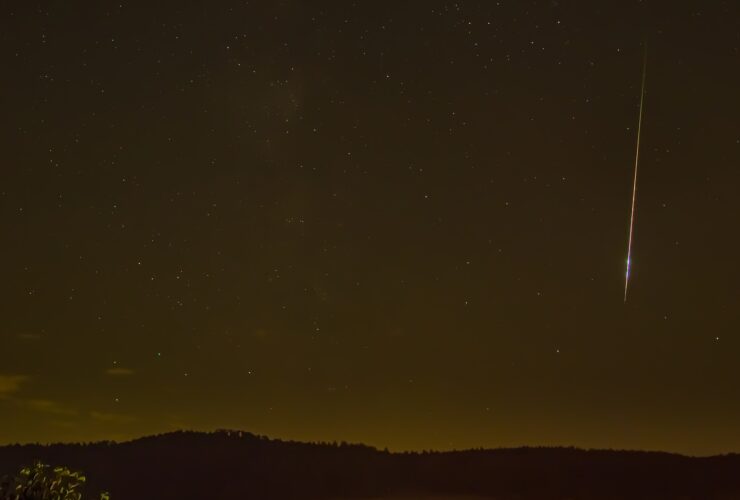There may be an arctic ocean under Europa’s frozen crust where saltwater is delivering oxygen, which might help support extraterrestrial biology, reported a group of experts. In their model, oxygen travels on saltwater beneath the moon’s “chaos terrains,” regions composed of ...
The discovery of an unusual form of a wave that goes backward throughout the plasma that forms up the sun has raised eyebrows. However, hardly any of the three conceivable processes to interpret these ripples is compatible with the observations; ...
Astronomers have captured the first-ever high-definition photograph of a strange circle in space as they investigate the origins of these enigmatic objects. Pictures from the Australian Square Kilometer Array Pathfinder radio telescope (ASKAP) in 2019 revealed mysterious formations known as ...
A bone-stimulating hormone is produced in mutant lettuce, according to research. The simple act of chowing down on a huge salad might one day enable astronauts to avoid skeletal deterioration. It may also help prevent osteoporosis in resource-poor locations on Earth, ...
At the Pacific Oceans’ bottom a “UFO investigator” claims to have found proof of ancient aliens. The finding was made public earlier this month by the researcher, Scott Waring. When using Google Earth, Waring saw a round object off the ...
In space, anything may go awry. An object collides with another object, inflicting damage or forming new celestial bodies. Scientists play the role of astronomical detectives, piecing together the events of these crashes and gleaning information regarding the objects concerned ...
We all like to think that the Sun is our best friend, and we’re not here to contradict the idea. Our star provides heat, energy, and oxygen to all of us. Life wouldn’t be possible without the Sun. But we’re ...
A radio observatory in South Africa has acquired the sharpest picture to date of a large and enigmatic cosmic phenomenon. The so-called “odd radio circle,” which is 16 times the size of our Milky Way galaxy and spans around a ...
Inhabitants of the American state of Colorado will have a new reason to keep their eyes glued to the night sky soon. A majestic celestial show is approaching, as the first meteor shower of the Spring will produce about 100 ...
Tiny magnetic oscillations identified in the Earth’s core may illuminate what is happening deep within our globe. Earth’s center is composed of a solid internal part and a liquid outermost part. The heat differential between both the heated core and ...

















